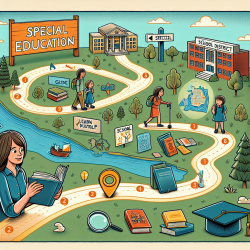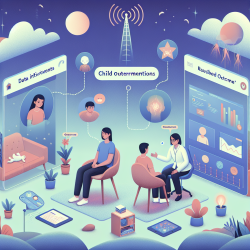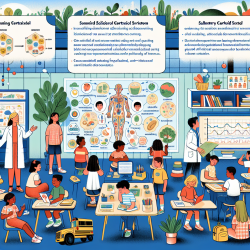Dyslexia, a neurodevelopmental disorder affecting approximately 10% of the population, is often associated with difficulties in reading acquisition. Recent research, particularly the study "A different vision of dyslexia: Local precedence on global perception" by Franceschini et al. (2017), provides new insights into the visual processing differences in children with dyslexia and suggests novel intervention strategies. This blog aims to help practitioners implement these findings to improve outcomes for children with dyslexia.
Understanding the Research
The study by Franceschini et al. (2017) explores the concept of local precedence over global perception in children with dyslexia. Typically, humans process the global visual scene before focusing on local details. However, the research reveals that children with dyslexia exhibit a reversed pattern, focusing on local details before the global scene. This atypical visual processing may contribute to their reading difficulties.
Key Findings
The study conducted five behavioral experiments involving 353 children, leading to three major findings:
- Children with dyslexia consistently showed local before global perception.
- Training programs that emphasize global before local perception improved reading skills in children with dyslexia.
- Pre-reading local before global perception predicted future reading difficulties.
Implications for Practice
The findings suggest that traditional phonological interventions might not be sufficient for all children with dyslexia. Incorporating visual perception training could enhance the effectiveness of dyslexia interventions. Here are some practical steps for practitioners:
1. Assess Visual Processing
Before designing an intervention, assess the child's visual processing style using tasks similar to the Navon task used in the study. This will help determine if the child exhibits local before global perception.
2. Implement Global Perception Training
Incorporate activities that train children to focus on the global scene before local details. Examples include:
- Using puzzles and games that require identifying the larger picture before focusing on the smaller parts.
- Action video games that emphasize global perception, such as those used in the study, can be beneficial.
3. Integrate with Traditional Reading Programs
Combine global perception training with traditional phonological and reading interventions. This dual approach can address both the visual and phonological aspects of dyslexia.
Encouraging Further Research
While the study provides promising results, further research is needed to explore the long-term effects of global perception training and its applicability to diverse populations. Practitioners are encouraged to:
- Document and share their findings from implementing these strategies in their practice.
- Participate in or initiate research studies to contribute to the growing body of knowledge on dyslexia interventions.
To read the original research paper, please follow this link:
A different vision of dyslexia: Local precedence on global perception.










